Gorilla habituation in Uganda takes place in Bwindi Impenetrable National Park, a UNESCO World Heritage Site renowned for its rich biodiversity and thick tropical rainforest. This pristine wilderness is home to nearly half of the world’s remaining mountain gorillas, making it a stronghold for their survival.
The habituation experience is available exclusively in the park’s Rushaga sector, located in the southern part of Bwindi. Here, specially selected gorilla families are slowly introduced to human presence through a careful, years-long process. The setting is nothing short of magical — towering trees draped in vines, tangled undergrowth teeming with birdlife, and mist lingering in the valleys.
Bwindi is more than just a home for gorillas. It is a living, breathing ecosystem, sheltering over 120 species of mammals, more than 350 bird species, and countless butterflies, orchids, and medicinal plants. The richness of this environment not only supports gorilla life but also offers travelers a chance to immerse themselves in one of Africa’s most diverse habitats.

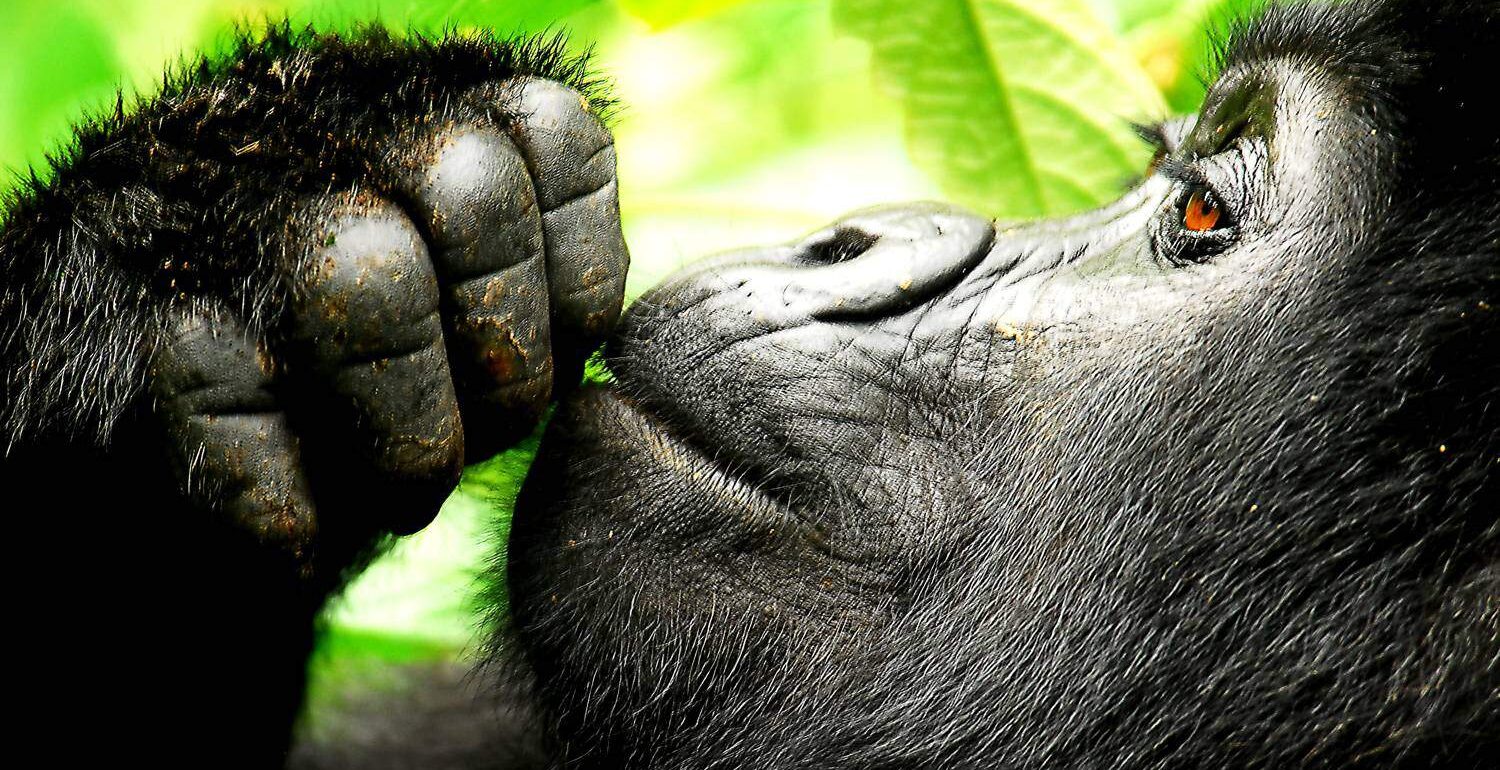
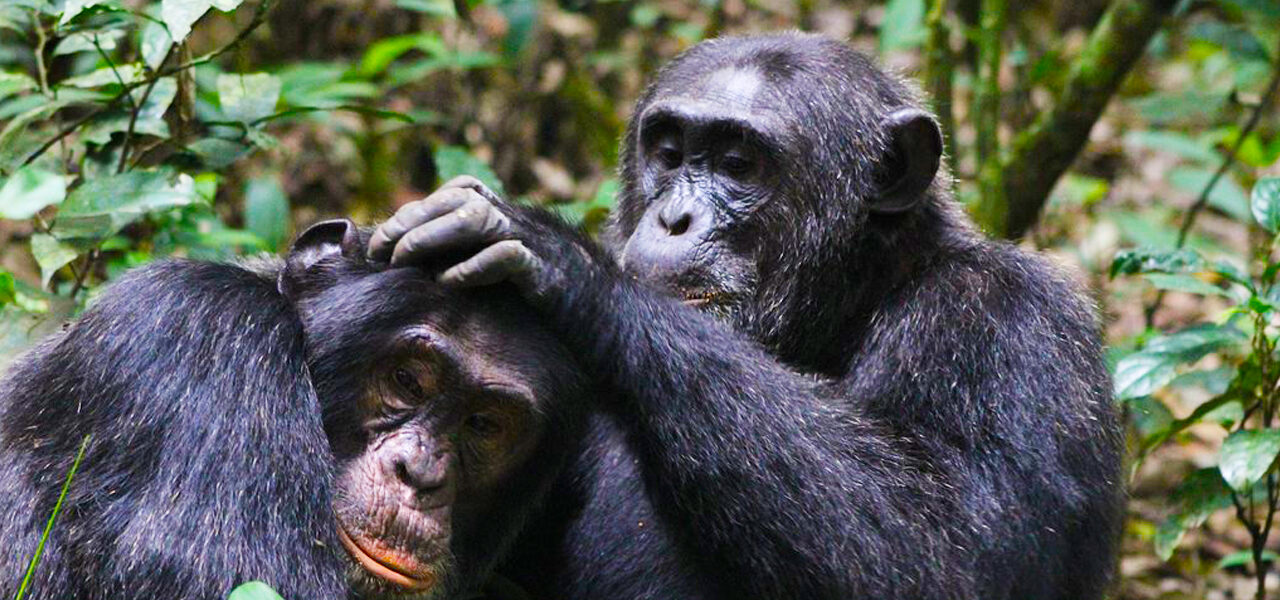

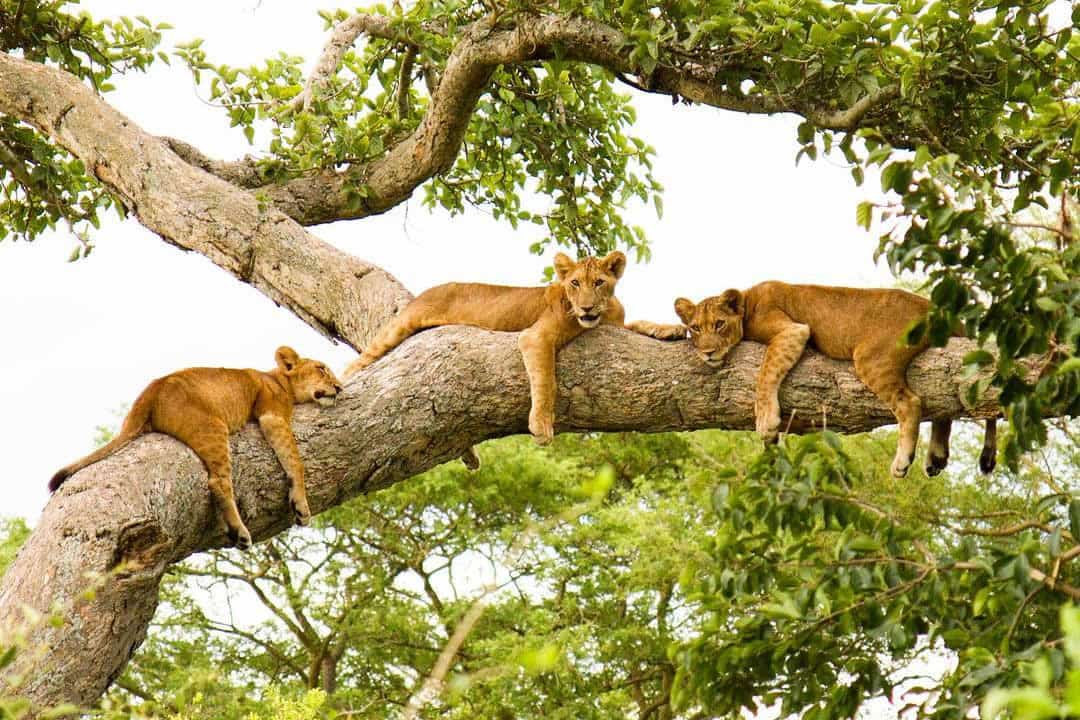
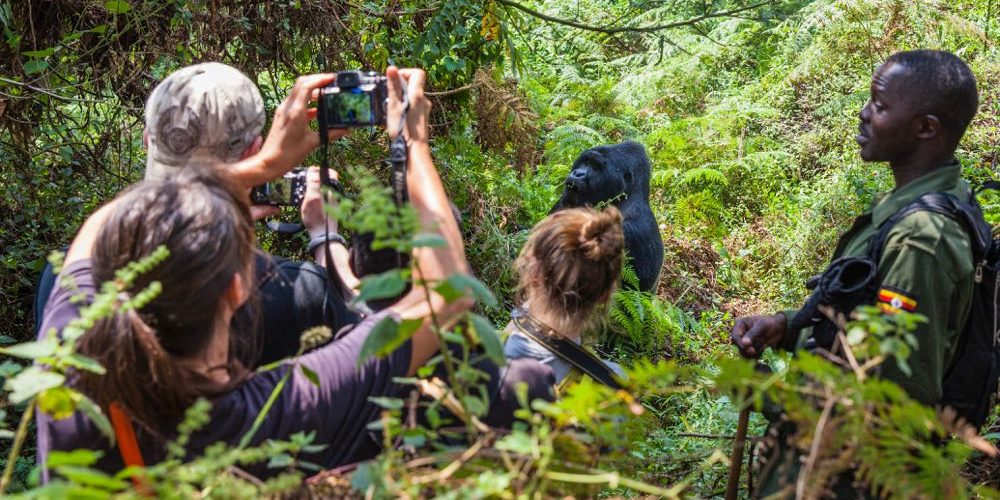
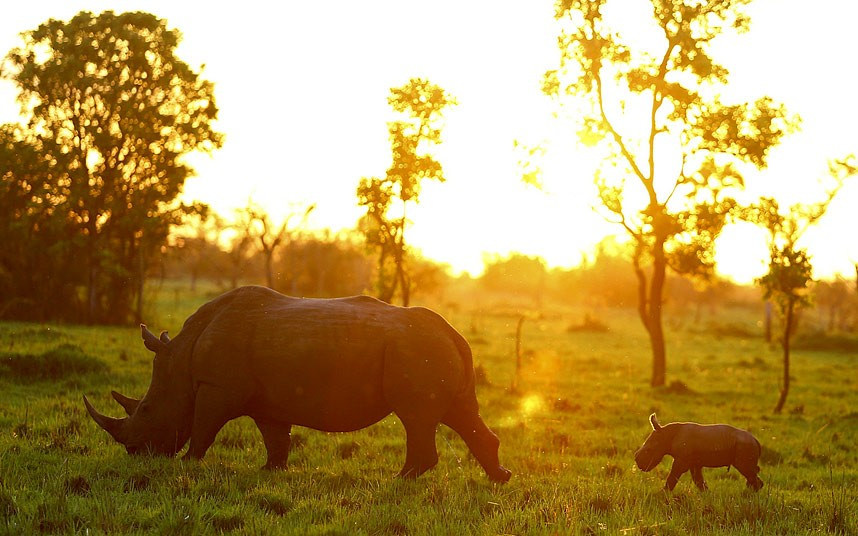


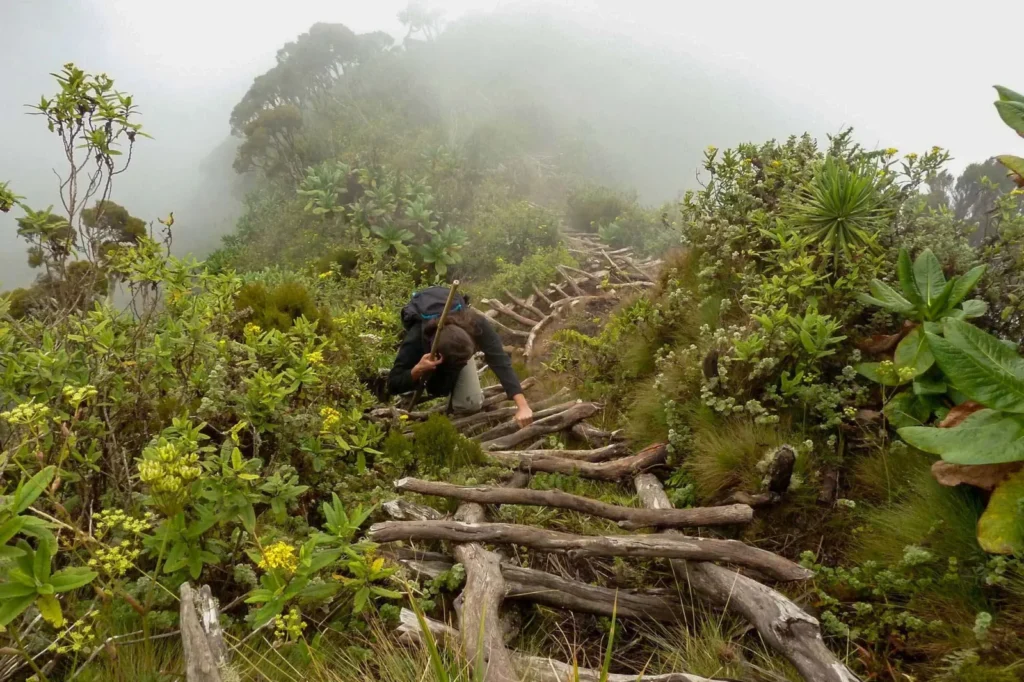
 WildHorn Africa – Authentic and unforgettable tours across Africa, guided by local experts who know the land, wildlife, and culture best.
WildHorn Africa – Authentic and unforgettable tours across Africa, guided by local experts who know the land, wildlife, and culture best.


